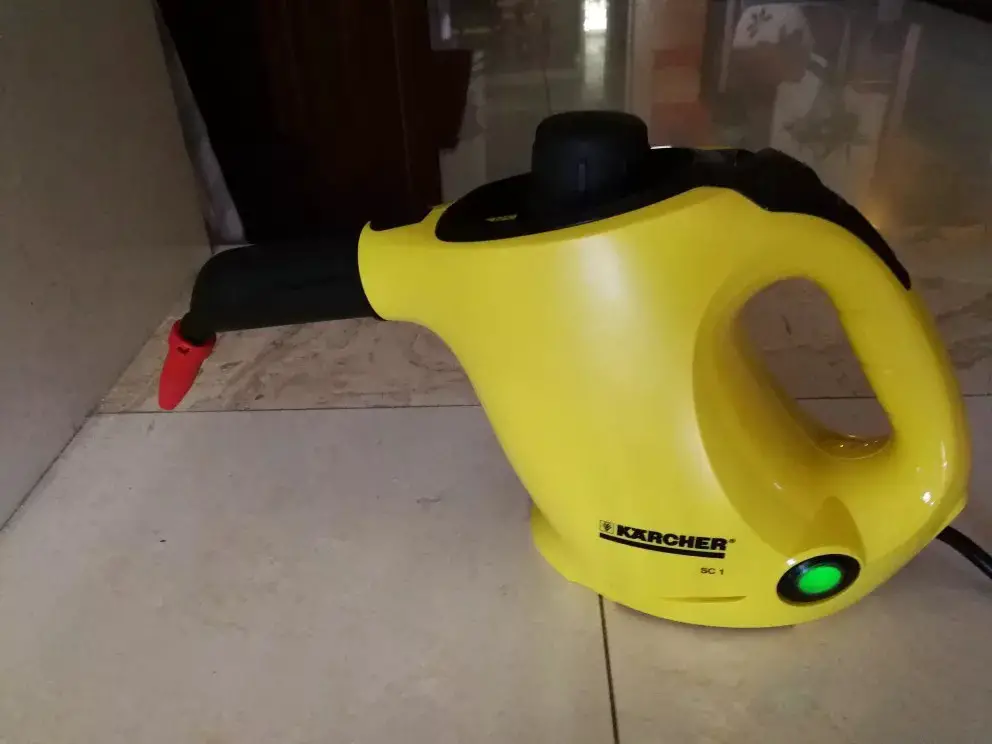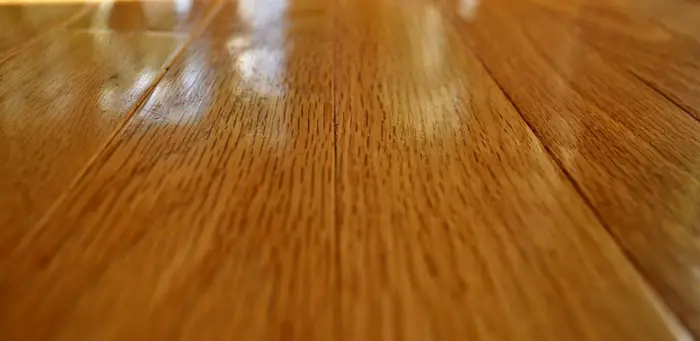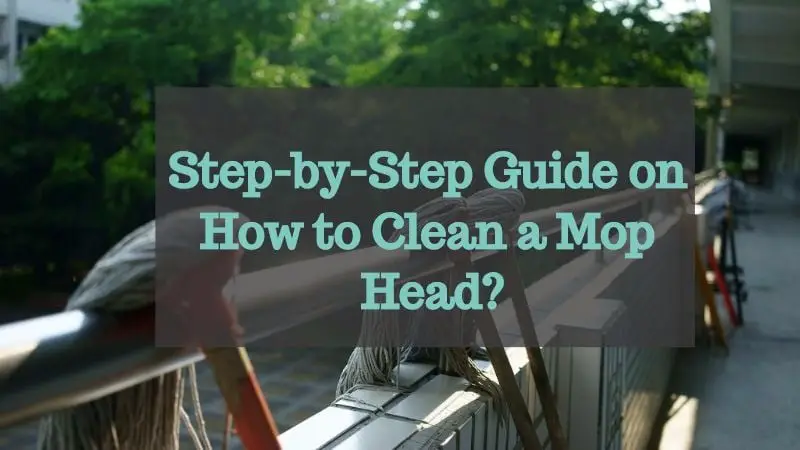Cleaning the house can be a cumbersome and time-consuming chore if you don’t have the right cleaning tools at hand. Fortunately, today we have a plethora of modern tools and gadgets that can be used to clean each and every corner of the house with less effort. Take the handheld steam cleaner for example, which can remove the most stubborn stains and give you a clean house without the use of chemicals.
How does a handheld steamer work? This is a simple yet effective house cleaning tool equipped with a cleaning system that heats up the water and the resultant steam is forced through a nozzle that helps in removing tough stains, kill germs, and disinfect the area.
While they function in the same style as their bigger counterparts, the handheld steamers take comparatively less time to boil water and produce steam. The steam has the same intensity and the temperature may range as high as 245 degrees F. It is highly effective at removing glue, soap scum, and gum.
While a handheld steamer (see my reviews) is highly portable and easy to use, it can get choked if you don’t take good care of it. Let’s take a detailed rundown on how a handheld steamer works, best uses of the gadget and how to take good care of them.
Steps In Which A Handheld Steam Cleaner Works
If you are planning to buy a handheld steam cleaner, the functions may vary slightly depending on the brand and model. However, most of them follow the generic model for cleaning and here are the steps you need to follow:
Step 1: Connecting the Nozzles or Attachments
The product will come with a few nozzles or attachments to suit different types of cleaning areas. You may attach the steam jet nozzle or large steam nozzle to the cleaning unit. Follow the instructions provided in the manual and make sure the attachment is securely fastened in place.
Step 2: Filling the Unit With Water
Next, the unit needs to be filled with clean water. To do this, first, keep the unit on a straight and smooth surface. Remove the plug at the time of filling water. Add water until you reach the maximum limit mentioned or marked in the cup. If you want your steamer to last longer, use distilled water instead of tap water which may be hard and contain impurities as well. Slowly pour water into the fill hole in your handheld steamer.
Be careful when filling water to the unit as you will be holding the gadget in one hand and the measuring cup in another. Keep small children away while working. When you have filled water in the unit, place the cap tightly.
Step 3: Using the Handheld Steam Cleaner
Now, connect the steamer plug to a power source and you can see that the steam light turn on as electric supply is activated. You can see the steam button situated on the gadget (the location may differ depending on the type of model). Before you start the cleaning job, press the steam button to initiate the production of steam.
Be careful that the nozzle is not facing you or anyone else before you press the steam button. When you are done cleaning, remember to disconnect the electric supply by removing the plug. Make sure that the boiler is full before operating the handheld steam cleaner. If there’s no water, avoid turning on the gadget or else it may cause burnout. Let the steamer stands for at least 30 minutes to cool down before storing it back.
Step 4: Cleaning and Storing the Unit
After you are done with the cleaning, remove the nozzle from the cleaning unit. Throw away any remaining water in the boiler and put the nozzle in the sink if you wish to clean it. Rinse the nozzle as well as the reservoir with clean water, and let both air dry before storing them back.
While a handheld steam cleaner is easy to use and portable enough to clean different areas of the house effortlessly, you must remember to follow the safety procedures. Remember to wear a pair of shoes when using a steam cleaner, and don’t ever turn the gadget on a degree greater than 45 degrees. You should also never put your hand in the path of the steam and allow the unit to cool for at least 5 minutes before putting it away.
Best Uses Of A Handheld Steam Cleaner
The handheld steamers are versatile and they can be used to remove stubborn grime and dirt from the floor, mattress, appliances, upholstery, furniture, carpet, etc. It is extremely effective at killing germs, bacteria, viruses, bed bugs, lice and so on. Here are some of the best uses of a handheld steam cleaner:
#1. Household Appliances
The household appliances can get covered with dust, dirt, oil stains, germ, and bacteria that require a good amount of elbow grease and harsh chemicals. With a handheld steam cleaner, you can save the trouble and get clean appliances in less time.
You can reduce the cleaning time in half and get rid of the grease and food stains on refrigerators, dishwashers, oven doors, microwaves, stove, and more. Just wipe down the appliances with a clean microfiber cloth after applying steam to get a shiny surface.
#2. Kitchen
While this is one of the most important areas of the house, it also gets dirtier than other rooms. Besides the oil stains and food wastes in the kitchen, it is also prone to bacterial infection. With a good handheld steam cleaner, you can not only clean the kitchen floor, working surface, dishwasher and other appliances in the kitchen but also make the area germ-free.
Wipe down the countertop, stove knobs, and cooking utensils after using a steam cleaner. You may also wash the dishwasher-safe items for better cleaning.
#3. Bathroom
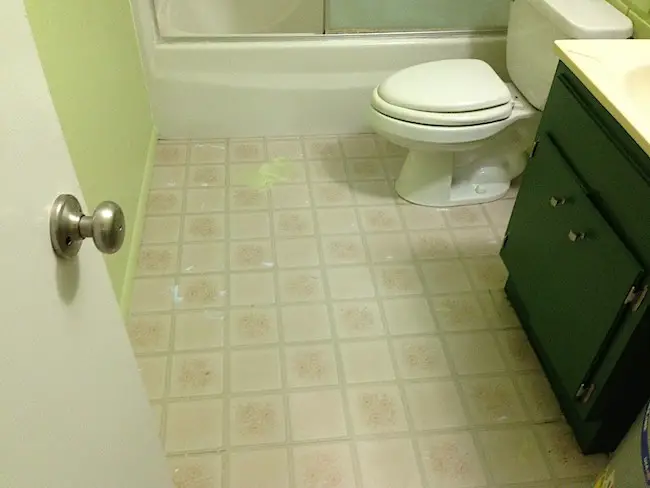
The bathroom is where we use a lot of water, hence the floor and walls remain damp most of the time. The excess moisture in the air produces a breeding ground for mildew and mold. While daily washing and brushing can reduce the growth of mold and bacteria, steam cleaning can give you a much effective result.
Use a steam cleaner on shower doors, toilets, faucets, bathtub grout, and mirrors to get rid of stains and disinfect the surface. You can then use a squeegee attachment to better clean the streak from glass and mirrors.
#4. Upholstery and Furniture
Carpets, curtains, upholstery, and furniture and large items that are difficult to clean thoroughly. However, if you have pets and kids at home, they can get subjected to food stains, liquid spills, pet dander, bacteria, and so on.
One of the easiest and time-saving ways to clean upholstery and furniture is to spot-clean using a handheld steam cleaner. You can also use the gadget to disinfect and straight out the wrinkles from curtains, baby cribs, fabric shower curtains, cushions, and furniture fabrics.
#5. Dust Mites and Bugs on Mattresses
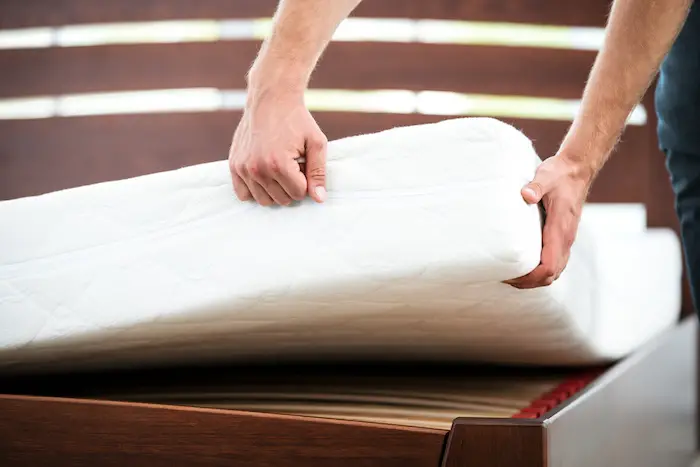
Dust mites are one of the most dreaded micro scoping organisms that thrive on the mattresses. Although extremely small in size to be noticed by naked eyes, they can cause a lot of health problems such as breathing issues, skin rashes and so on.
The steam cleaner is extremely useful in dealing with these micro scoping dust mites and bed bugs thriving on the mattress. The steam generated from a steamer unit is about 180 degrees F, which is effective at killing mites, bugs, and their eggs. You can have a look at my previous article about 24 Easy Ways To Get Rid Of Dust Mites And Get Allergy Relief
#6. Outdoor items
One of the biggest advantages of the handheld steam cleaners is that they are so portable that you can use them indoors as well as outdoors. It can be a great tool for spot cleaning a variety of outdoor items to remove dirt stains and restore them to original condition.
Some of the items you can clean using a handheld steam cleaner are patio furniture, picnic umbrellas, patio cushions, garden tools, tables, and more.
#7. RVs, Cars, and Boats
Recreational vehicles, cars, and boats can get covered with stubborn dirt, dust, and water stains that are tough to get rid of. The handheld steam cleaner comes handy to clean the interior dashboard, outer unit, seat upholstery, mats, headliner, alloy wheels and so on. It can also remove brake dust to improve the efficiency of your vehicles.
Things To Avoid When Using A Handheld Steam Cleaner
The handheld steam cleaners are extremely versatile tools, hence they can be carried anywhere within the house or outdoors to clean the toughest stains. Besides the various uses of the cleaner, there are certain materials that are not suitable to be treated with a steam cleaner.
- Avoid using a steam cleaning device on polished, waxed, unsealed and freshly painted surfaces. While some people like to steam clean their walls too, it is suggested to not use them on painted areas. If at all you do, proceed with a lot of caution.
- If you have a handheld portable garment steamer, avoid using it on delicate fabrics or colors that may run out. You should also avoid fabric on items that cannot sustain steam and heat.
- If your musical instruments are covered with dust, never use a steam cleaner to remove the dust because unlike wood, these items have a unique finish that may be tampered.
- When using a steam cleaner on painted surfaces or sealed wood, or any area that may have cardboard, plywood, paper or wood construction, do not linger on the surface for too long. If you are using on a surface for the first time and you are not sure about it, always carry out a small test first and then proceed at your own risk.
- Avoid using a steam cleaning gadget on finished wood products unless you are sure that the finish is polyurethane-based. Also, make sure that the items can take a little heat and moisture. When in doubt, refer to the manual for cleaning instructions.
- If you have antiques at home, don’ t use a steamer to remove the dust blanket from them. Most of the antique items have a shellac or varnish finish that cannot sustain heat and can get damaged soon. Using a steamer can hamper the finish of the product and also cause blisters on the surface.
- Avoid using the steam cleaning gadgets on window screens made from nylon mesh as they may not be able to withstand the high temperature of steam.
- You must also not use a steam cleaner on laminate flooring made from fiberboard core that can be easily damaged by moisture that can seep through the gap between the planks
Tips For Saving Time When Using A Steam Cleaner
If you are using a steam cleaner to get rid of dust and germs, here are a few tips that can reduce your cleaning time and improve your efficiency too.
- When cleaning a door frame, always start from the top and go to the bottom to avoid backtracking in order to clean an area again.
- When using the gadget to clean cloth covers and pockets, first clean the items that are least dirty as this will help in keeping the cloth cleaner.
- Plan the cleaning time and route (which room first and so on) so that you can start from one end and finish without a lot of interruptions.
- Replace the cloth covers on the steaming tools when they get covered in dirt, or else you will be smearing the dust around instead of cleaning the surfaces.
- The handheld steamer may come with a few attachments, so keep them handy to ensure that you don’t waste any time searching for them while cleaning.
- It is a good idea to vacuum clean any loose dust and debris before using a steam cleaner to avoid dragging the dirt around the house.
- Empty the boiler completely and wash/dry the tool pockets or cloths (if any) before storing so that they are ready to be used for the next cleaning jobs.
Safety Tips When Using A Handheld Steamer
Let’s not forget that a steam cleaning device comprises of steam that has a very high temperature, enough to give you burns if mishandled. Here are a few safety tips that you need to keep in mind to ensure that you and well as the gadgets stay safe.
- Although this is an extremely versatile device, make sure you use it only for what it is designed to do – cleaning things.
- As this is an electrical cleaning device that uses water that is heated to a level that it produces steam, always wear proper shoes to protect yourself from accidents.
- When buying a handheld steam cleaner, make sure you only buy a model that comes with approval ratings from certification agency like Underwriters Laboratories (UL).
- Please bear in mind that a steam cleaner should only be used on sealed surfaces. Avoid using them on materials and items that cannot take a lot of heat or moisture.
- Be careful of sudden temperature fluctuations that may cause porcelain or glass to break. Never use steam to clean a glass window pane on a cold day or it may crack.
- Make sure the nozzle and other attachments are securely fixed to the gadget in order to prevent any accidents.
- Steam continues to come out of the steamer for several seconds after switching off the device. Be careful to not direct the gadget to any items that cannot sustain such a high temperature.
- Always remember to unplug the steam cleaner before refilling water in the boiler and also before replacing the attachments.
- If you need to take a break and put down a still-hot steam cleaner tool, take care to save yourself from burns. The gadget can stay moist and hot for quite some time. If you prop it across a wastebasket, this can ensure that you don’t damage the floor or table.
- If you get hard water in your area, avoid the tap water and use distilled water instead to save the steamer from getting salt deposits inside.
Related Questions
Can I use steam cleaners on hardwood floors?
I would suggest that you avoid using steam cleaners, wax, soap-based cleaners, water-vinegar solution on hardwood floors. Steam cleaners specifically release a lot of heat and moisture that may lead to long-term damage.
What’s the temperature of steam in a handheld steam cleaner?
A good quality steam cleaner can heat water to a temperature between 150° and 300° Fahrenheit, emitting steam that may be of a temperature 245° F. The high intensity and hot steam is capable of killing mold, dust mites, mildew, viruses, and other types of allergen.
How long can a steam cleaner last?
With regular use and good maintenance, your handheld steam cleaner can last for about 5 years. However, this may vary from product to product.
Can I add vinegar to my steam cleaner?
You can use easy homemade steam cleaning solution by mixing vinegar to the water. This can be used to steam clean carpets or prepare a pre-treatment scrub for the very dirty areas or stubborn stains.
